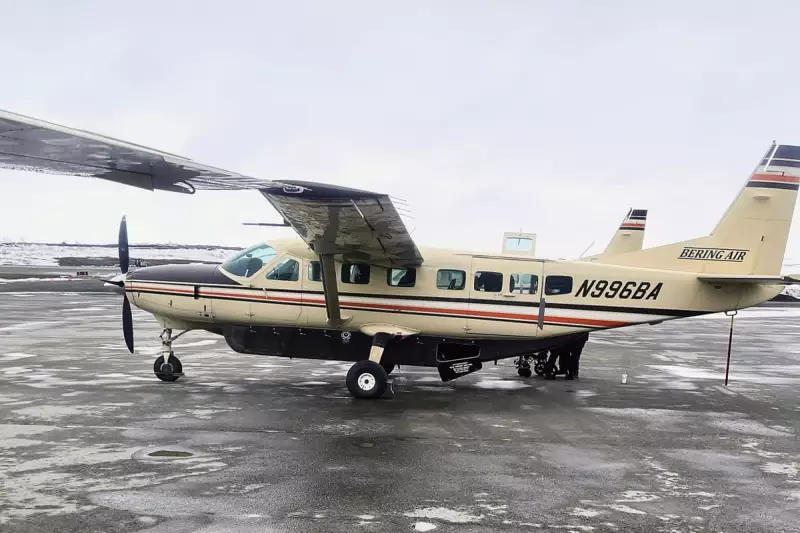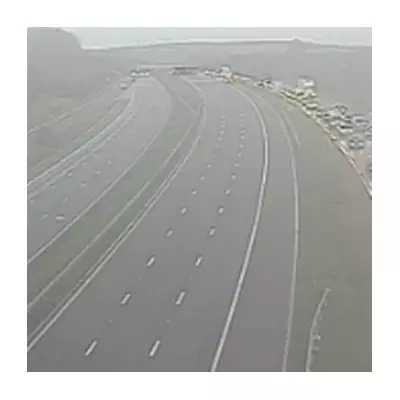
Millions of dollars in federal subsidies are failing to prevent America's rural air service from descending into crisis, leaving isolated communities increasingly cut off from vital transport links.
The Struggle to Stay Connected
An in-depth analysis of the Essential Air Service (EAS) programme reveals that despite receiving substantial government support, many rural routes face an uncertain future. Carriers are grappling with pilot shortages, ageing aircraft, and operational challenges that threaten to sever air connections completely.
Communities in Crisis
Small towns across the United States are witnessing their air services diminish or disappear entirely. The situation has become so dire that some communities have seen multiple airline failures in quick succession, leaving residents with no reliable air transport options.
"When the air service goes, everything suffers," one local business owner explained. "It's not just about convenience - it's about economic survival."
Why Subsidies Aren't Enough
The EAS programme, designed to ensure remote communities maintain air connections, is facing unprecedented pressure from several fronts:
- Critical pilot shortages across the industry
- Rising operational costs outpacing subsidy increases
- Aging regional aircraft becoming increasingly expensive to maintain
- Competition for limited airline resources
The Human Impact
Beyond the economic consequences, the reduction in rural air services is having profound effects on residents' daily lives. Medical patients struggle to reach specialist appointments, students find it harder to visit family, and local businesses face additional barriers to growth.
One community representative described the situation as "a slow-motion transportation emergency" that threatens to accelerate without immediate intervention.
Searching for Solutions
Transportation officials and community leaders are exploring alternative approaches, including:
- Developing more sustainable subsidy models
- Encouraging partnerships between multiple carriers
- Exploring innovative aircraft technologies better suited to rural operations
- Improving ground transportation connections to larger hubs
The future of America's rural air connectivity hangs in the balance as policymakers race against time to find solutions that work for both airlines and the communities they serve.





